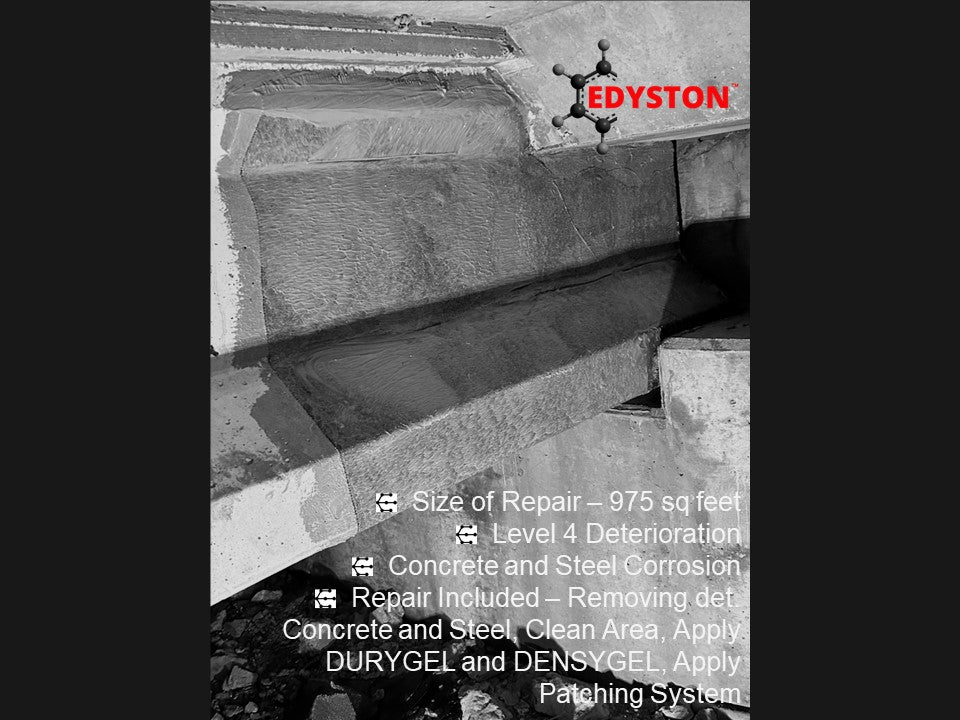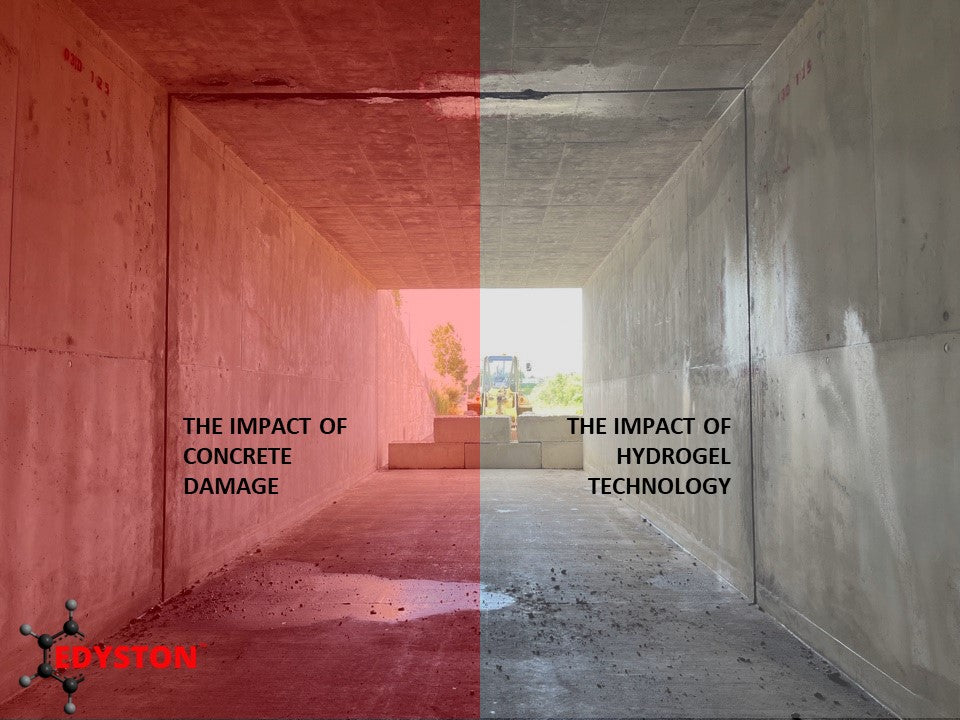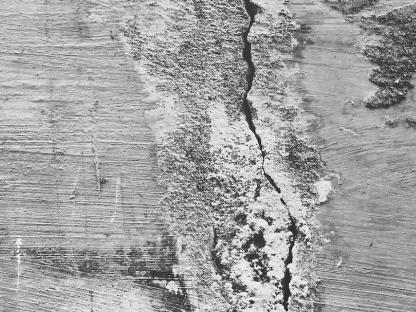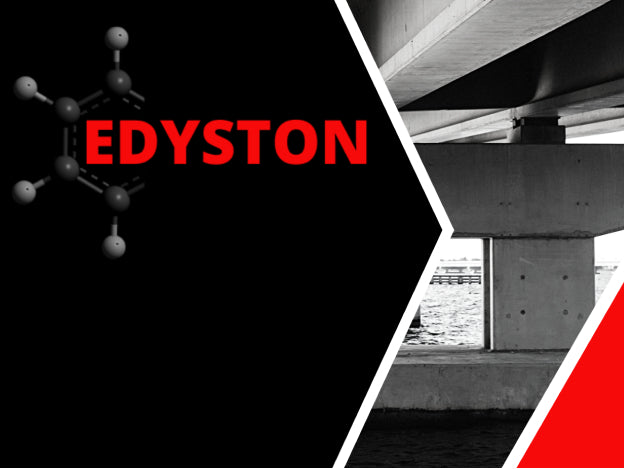Case Studies
Case Study with the Indiana Department (IN-DOT)
Background
EDYSTON was utilized by RL McCoy, LLC and the Indiana Department of Tranporation to rejuvenate the Kruze Tunnel in Ft Wayne, In. The project will be a mutli-year study on the impact of the EDYSTON technologies in controlling the deterioration cycle of the concrete tunnel and be part of the restoration package to bring it back into service. The Kruse Tunnel used to act as a means for rare cars to be shuttle to a car museum in Ft Wayne. Due to the deterioration, the tunnel was decommissioned. Since the beginning of the EDYSTON project the Kruse Tunnel has been repurposed for part of the city’s new park, Figure 1.

Figure 1 - Deterioration at Kruse Tunnel
EDYSTON
The IN-DOT agreed to allow a product demonstration, and in May-2022 the EDYSTON team went to work. In order to quantify EDYSTON’s impact it would only be applied to one side of each of the seven construction joints, illustrated in Figure 2. The process of applying is preceded by pressure washing loose debris off of the surface. Based on the deterioration level, the EDYSTON products DENSYGEL, ENVYROGEL, and DURYGEL were applied through successive applications over an 8-hour day. A commercial grade, cordless backpack sprayer was used to uniformly apply EDYSTON within 10 minutes of the concrete surface reaching a saturated surface dry condition after the initial pressure washing step.

Figure 2– Kruse Tunnel Plan
Within 18-hrs it was clear that EDYSTON had stopped any water migration through the areas it was applied, while water continued to drip from the untreated side of each joint. In August 2022 both sides of the construction joints were cored, removing 56 total, half untreated (control set) and the other half treated with EDYSTON. The samples sent for analysis, Figure 3, validated the results seen in the field, Figure 4, the EDYSTON reduced permeability of the concrete by 10% to 40%.

Figure 3 – After application of EDYSTON, Kruse Tunnel May2022

Figure 4 – Water Loss for Untreated REFERENCE area versus area sprayed with DENSYGEL
These initial results indicate that the DENSYGEL hydrogel controls the wicking action of water and can be used to slow future deterioration of cracks within the concrete of the spillway. The combined data from the laboratory trials and the field trials will be used to create a cost- and service-life analysis to present value-added performance of the hydrogel technology. Similar initiatives can be taken by other areas in need of concrete rejuvenation, as EDYSTON proved itself both cost effective and efficient at the Kruse Tunnel.






